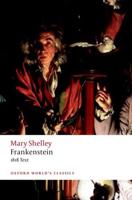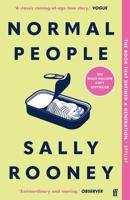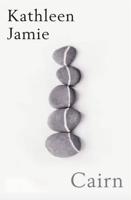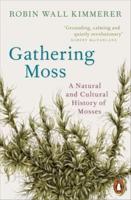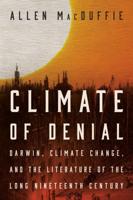Publisher's Synopsis
In the late nineteenth century Japan had a special fascination for Americans, primarily because they had opened the country to international commerce, but also because of the complexity of its society and excellence of its arts. Another source of fascination was the speed of Japan's modernization: Japan evolved from a vulnerable, newly-opened outpost to a colonial power in less than 50 years.
The second collection in the Japan in American Fiction project reprints eleven significant works: these novels differ from the works in the previous set in content, style, and authorship. While the authors in this set continued to educate readers in arcane features of Japanese history and culture, most wrote with the contemporary bestseller as a stylistic model. Unlike the seasoned Japan hands who wrote the nineteenth-century novels, these successful professional writers generally had little experience of Japan, and often presented a pernicious view of the country, revealing Japan's military prowess, its plans to attack the US or dominate the world economically and culturally. This retreat in attitude affords more than one unintentionally comic turn, yet it points towards future events which would lead to the Pacific War in 1941.
The set comprises reprints of Mary McNeil Fenollosa The Dragon Painter (1906), Fannie Macauley ("Frances Little") The Lady of the Decoration (1906), William Adams Shibusawa (1906), Ernest Fitzpatrick The Coming Conflict of Nations (1909), Irwin Wallace Letters of a Japanese Schoolboy (1909), Hallie Rives The Kingdom of Slender Swords (1910), Robert Bennet The Shogun's Daughter (1901), George Turner and Ronald Temple The Lords of Dawn (1916), Luellen Bussenius The Honorable Miss Cherry Blosom (1924), Henry Kinney Broken Butterflies (1924), and Dorothy Wayman Powdered Ashes (1926).
The second collection in the Japan in American Fiction project reprints eleven significant works: these novels differ from the works in the previous set in content, style, and authorship. While the authors in this set continued to educate readers in arcane features of Japanese history and culture, most wrote with the contemporary bestseller as a stylistic model. Unlike the seasoned Japan hands who wrote the nineteenth-century novels, these successful professional writers generally had little experience of Japan, and often presented a pernicious view of the country, revealing Japan's military prowess, its plans to attack the US or dominate the world economically and culturally. This retreat in attitude affords more than one unintentionally comic turn, yet it points towards future events which would lead to the Pacific War in 1941.
The set comprises reprints of Mary McNeil Fenollosa The Dragon Painter (1906), Fannie Macauley ("Frances Little") The Lady of the Decoration (1906), William Adams Shibusawa (1906), Ernest Fitzpatrick The Coming Conflict of Nations (1909), Irwin Wallace Letters of a Japanese Schoolboy (1909), Hallie Rives The Kingdom of Slender Swords (1910), Robert Bennet The Shogun's Daughter (1901), George Turner and Ronald Temple The Lords of Dawn (1916), Luellen Bussenius The Honorable Miss Cherry Blosom (1924), Henry Kinney Broken Butterflies (1924), and Dorothy Wayman Powdered Ashes (1926).

